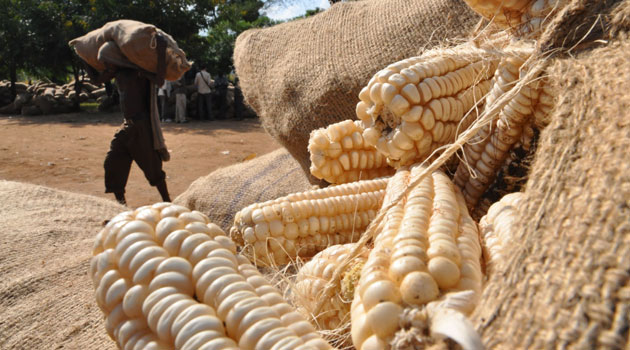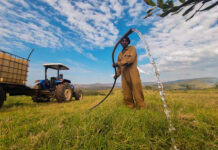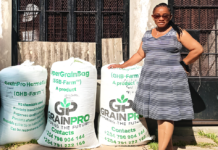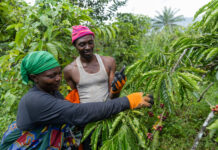Rwanda’s much-anticipated expansion in maize output may be on shaky ground following the rising costs of farm inputs.
Under the government’s Crop Intensification Program (CIP), maize is a flagship crop alongside pods like Irish potatoes, wheat, rice, beans, and cassava.
National projections forecast a rise in maize production from 553,953 tonnes in 2023 to a staggering 874,337 tonnes by 2028–29. But soaring input costs are now raising alarm among farmers that this target could slip from reach.
Central to the growing concern are dramatic price hikes in essential pesticides and fungicides. Dithane fungicide—priced at approximately US$62.64 (Rwf 90,000) for a 25 kg pack in 2024—has nearly doubled to US$117.64 (Rwf 170,000).
Similar surges are hitting Thiodan Sprimatline (from US$34.60 to US$55.36), Rocket pesticide (from US$4.15 to US$8.30 per bottle), and Ridomil fungicide (from US$17.30 to US$41.52 per kilo).
Evariste Tugirinshuti, President of the Federation of Maize Farmers’ Cooperatives, underscores the impact: “I farm three hectares and apply three litres of Rocket per hectare. Each litre cost Rwf 8,500 last year; now it goes for Rwf 17,000,” he says.
He notes that he’s scaling back—abandoning rented plots and restricting cultivation to his own land.
Female farmers, too, are adjusting. Lawrence Mukamana of Gatore Sector—who typically plants maize on two hectares—now plans to use only half that area, citing unsustainable input costs.
These decisions have repercussions that extend beyond the farm gate, potentially undermining CIP goals. Targeted strategies like land consolidation and crop commercialization hinge on manageable production costs. With farmers retreating from input-intensive maize farming, the policy’s ambition for scaled output may falter.
In response, farming groups are calling on the government to step in—urging input subsidies or other financial relief to buffer the escalation in input prices.
The policy challenge is clear: how can Rwanda reconcile its push toward agricultural commercialization with the mounting burden of input costs? Without a supportive framework, such as targeted subsidies or input access schemes, the viability of maize as a commercial staple is under question.
This moment underscores the tension between ambition and affordability in agricultural planning. If policymakers fail to act, not only could production fall short of targets, but farmers may shift to less-demanding crops—jeopardizing both national food security and the broader goal of rural economic transformation.








